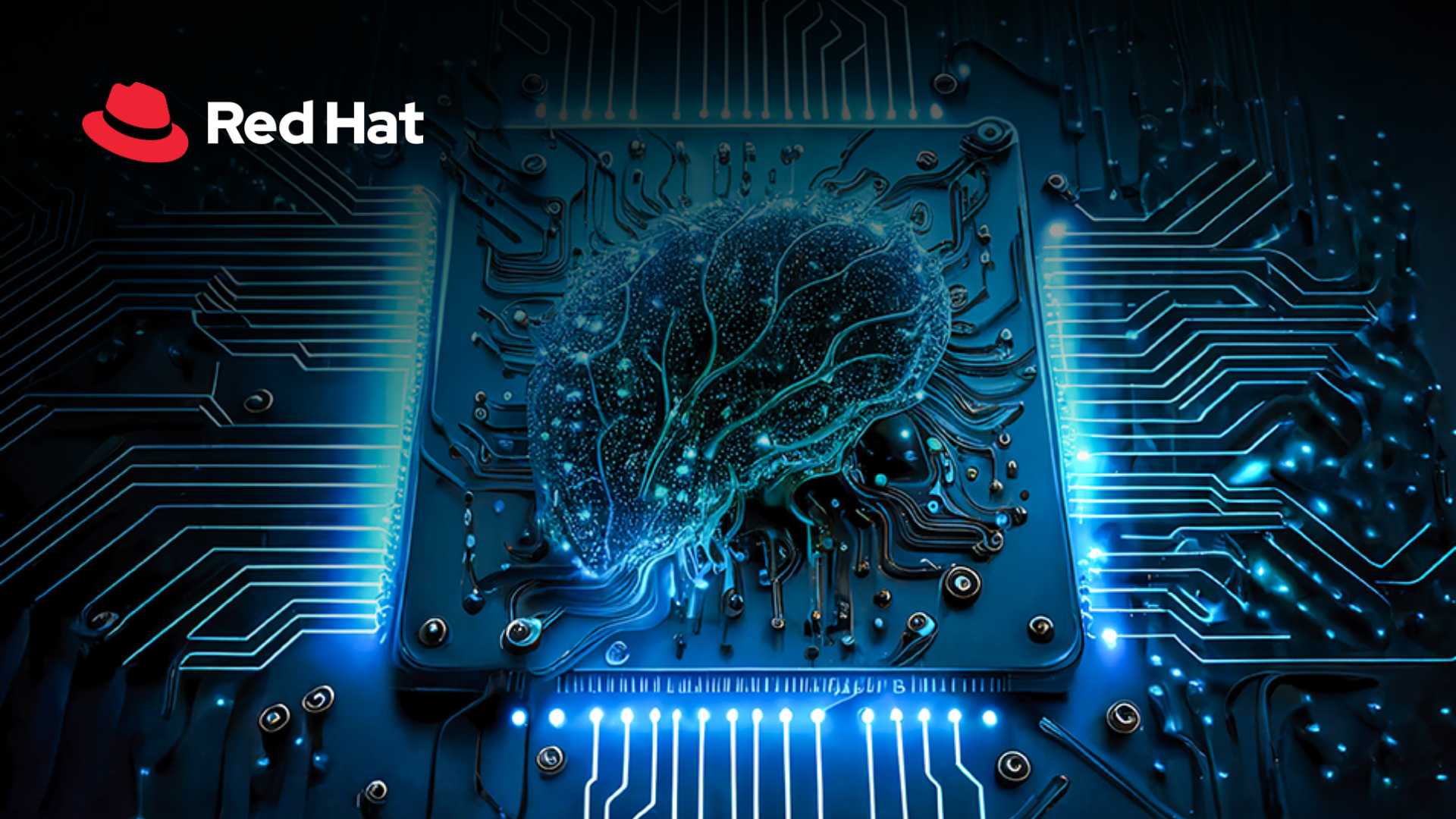

artificial intelligence technology
Red Hat Unveils AI 3: A Unified Platform to Scale Enterprise AI from Experimentation to Production
Red Hat Unveils AI 3: A Unified Platform to Scale Enterprise AI from Experimentation to Production
 Business Wire
Business Wire
Published on : Oct 15, 2025
Red Hat AI 3, a major evolution of its enterprise AI platform designed to simplify and scale AI inference across hybrid environments. The platform unifies Red Hat Enterprise Linux AI (RHEL AI), Red Hat OpenShift AI, and the Red Hat AI Inference Server to help organizations move from AI experimentation to measurable business outcomes.
Bridging the AI ROI Gap
Despite billions spent on AI initiatives, most enterprises struggle to see returns. A recent MIT NANDA report revealed that 95% of organizations fail to achieve measurable financial outcomes from AI investments.
Red Hat AI 3 aims to bridge this gap by providing CIOs with a consistent, open, and hardware-agnostic platform to operationalize AI across cloud, datacenter, and edge environments.
Enterprise-Grade Inference with llm-d
At the heart of this release is llm-d, a distributed inference system that redefines how large language models (LLMs) are deployed on Kubernetes. By integrating technologies such as vLLM, NVIDIA Dynamo, and DeepEP Mixture of Experts (MoE), llm-d enables:
-
Intelligent model scheduling and disaggregated serving
-
Improved cost efficiency and latency reduction
-
Cross-platform support for NVIDIA and AMD accelerators
This innovation transitions AI from training-heavy experimentation to scalable, cost-effective inference — the “doing” phase of enterprise AI.
Unified Collaboration with Model-as-a-Service (MaaS)
Red Hat AI 3 introduces a Model-as-a-Service (MaaS) framework that lets IT teams serve and manage models centrally, ensuring compliance and privacy.
Its AI Hub provides a curated catalog of validated models, while the Gen AI Studio offers an interactive environment for model prototyping, testing prompts, and deploying retrieval-augmented generation (RAG) applications.
Laying the Groundwork for Agentic AI
With enterprises shifting toward AI agents, Red Hat AI 3 lays a strong foundation for agentic AI systems through a Unified API layer built on Llama Stack and early adoption of the Model Context Protocol (MCP) — an emerging standard that governs how models interact with external tools.
The platform also introduces a modular AI customization toolkit leveraging InstructLab and Docling for fine-tuning and data processing.
Industry Backing and Strategic Partnerships
The release drew strong endorsements from partners like AMD, NVIDIA, and ARSAT, underscoring its enterprise relevance.
AMD’s Dan McNamara praised Red Hat’s move to production-grade inference, while NVIDIA’s Ujval Kapasi highlighted its alignment with open acceleration technologies.
According to IDC’s Rick Villars, Red Hat AI 3 arrives just as enterprises are shifting “from AI pilots to production outcomes,” marking 2026 as a key inflection point for measurable AI ROI.
By converging open standards, hybrid flexibility, and distributed inference, Red Hat AI 3 represents a decisive step in operationalizing generative and agentic AI at scale. It enables businesses to control costs, maintain sovereignty, and transform experimentation into enterprise-ready performance — all through one unified platform.
Get in touch with our MarTech Experts.




